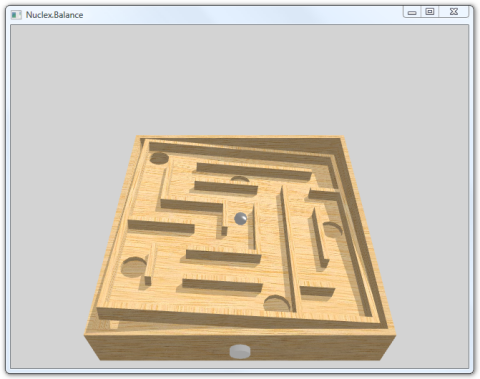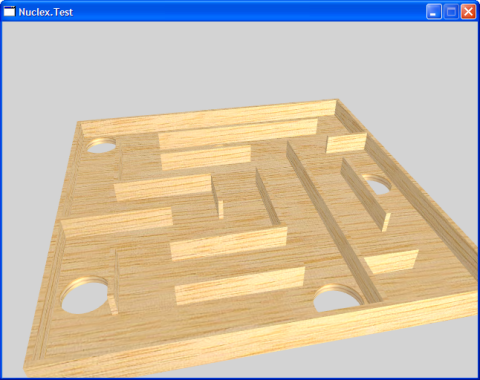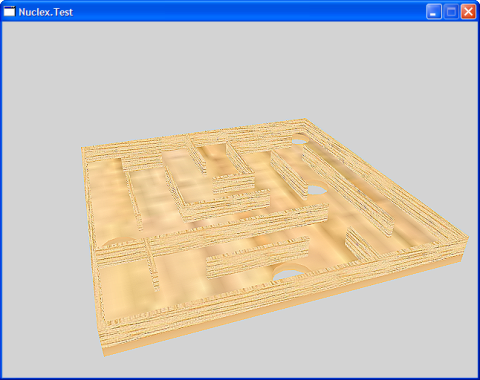This Monday, my graphics card decided that 18 months of service are more than enough and, well, quit. During bootup, it now displays utter garbage and as soon as windows loads the graphics driver, it hangs. The only good thing is that, as long as I run the generic VGA driver, my desktop displays fine.
I guess I should have taken the scratching noises that the card’s fan made for some months now more serious. The fan is still rotating, but probably not at full speed. Needless to say that this is quite a show stopper for my XNA development during this week, still hoping that the new card I ordered will be here before the weekend…




